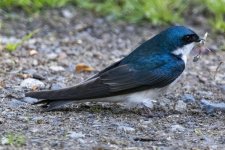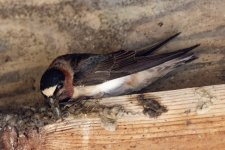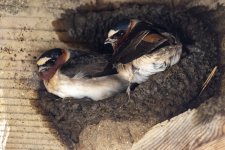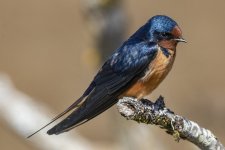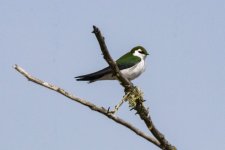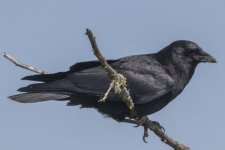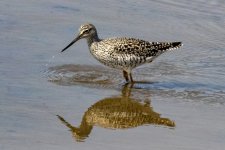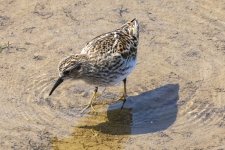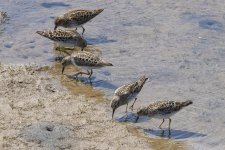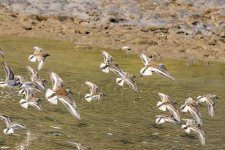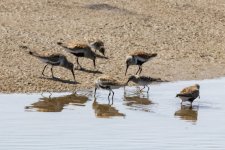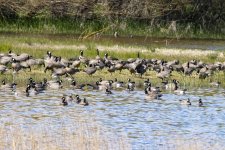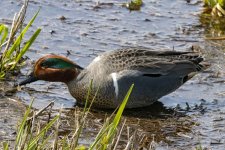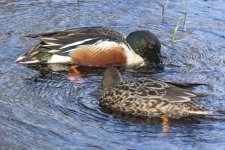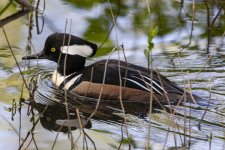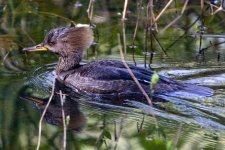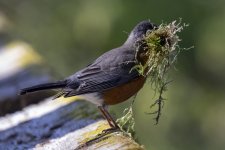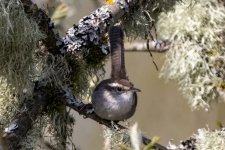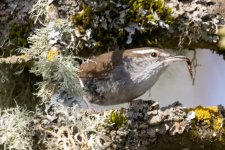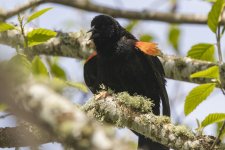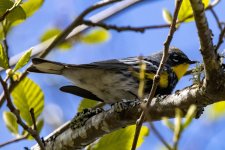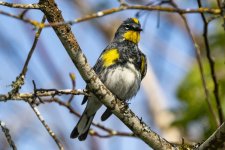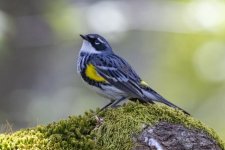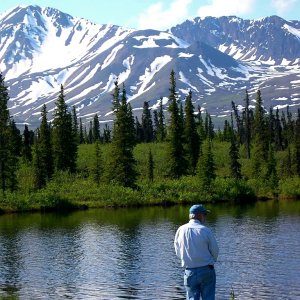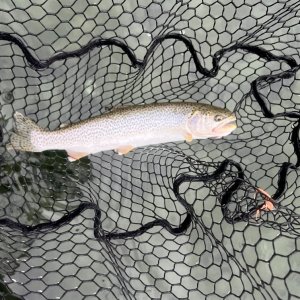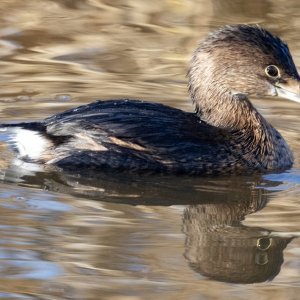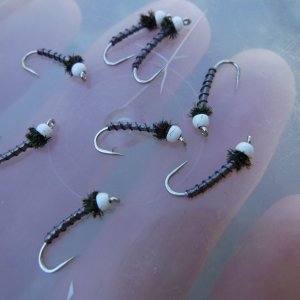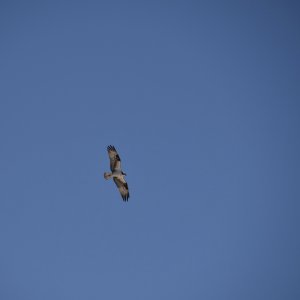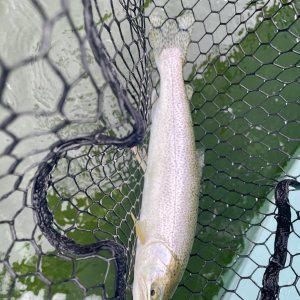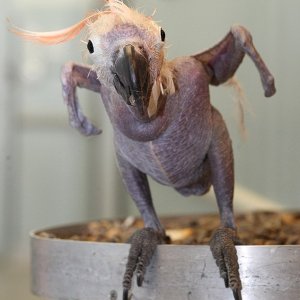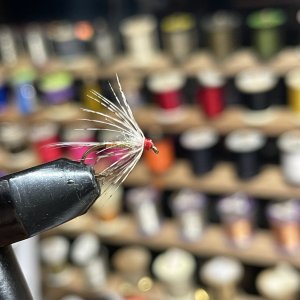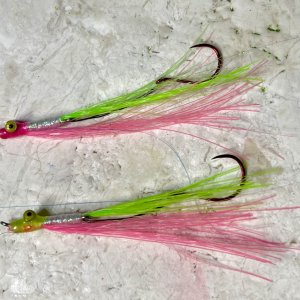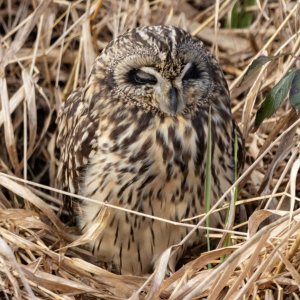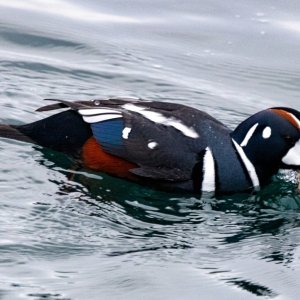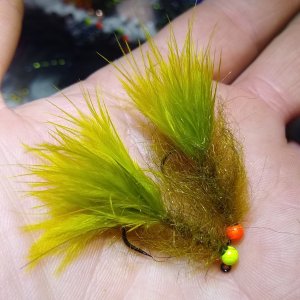Part 1 of 4. April 24th was a particularly good day for diversity: sparrows, swallows, and shorebirds - all coincidently in groups of fours. Sparrows first. Of course, song sparrows are common year-round residents of the refuge. They aren’t shy and the males exuberantly sing from shrubs and the lower branches of trees to advertise for mates and to mark their territory.
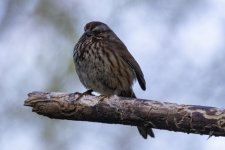
As we walked along the northernmost boardwalk of the Twin Barns Loop Trail, we encountered a mixed group of golden-crowned sparrows
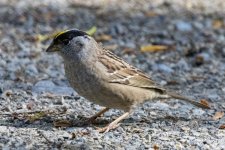
and white-crowned sparrows
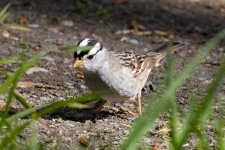
foraging on the gravel road at the top of the dike between the Nisqually River and its flood plain and the ponds and canals inside Brown’s Farm.
The fourth species were savannah sparrows. We have occasionally seen this species on the upland areas of the saltwater mud flats. But, I was surprised when I heard sparrow-like chirping coming from what appeared to be mudflats themselves. With my binocs, I spied several savannah sparrows at the base of some of dead trees that remain after the area was converted from freshwater to saltwater. Complete with muddy beaks, these savannah sparrows appeared to be channeling their inner sandpiper, foraging on the mud flat.
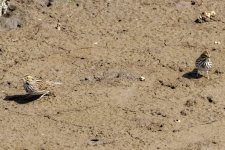
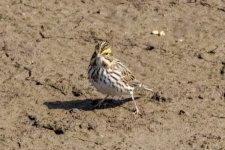
Steve

As we walked along the northernmost boardwalk of the Twin Barns Loop Trail, we encountered a mixed group of golden-crowned sparrows

and white-crowned sparrows

foraging on the gravel road at the top of the dike between the Nisqually River and its flood plain and the ponds and canals inside Brown’s Farm.
The fourth species were savannah sparrows. We have occasionally seen this species on the upland areas of the saltwater mud flats. But, I was surprised when I heard sparrow-like chirping coming from what appeared to be mudflats themselves. With my binocs, I spied several savannah sparrows at the base of some of dead trees that remain after the area was converted from freshwater to saltwater. Complete with muddy beaks, these savannah sparrows appeared to be channeling their inner sandpiper, foraging on the mud flat.


Steve

